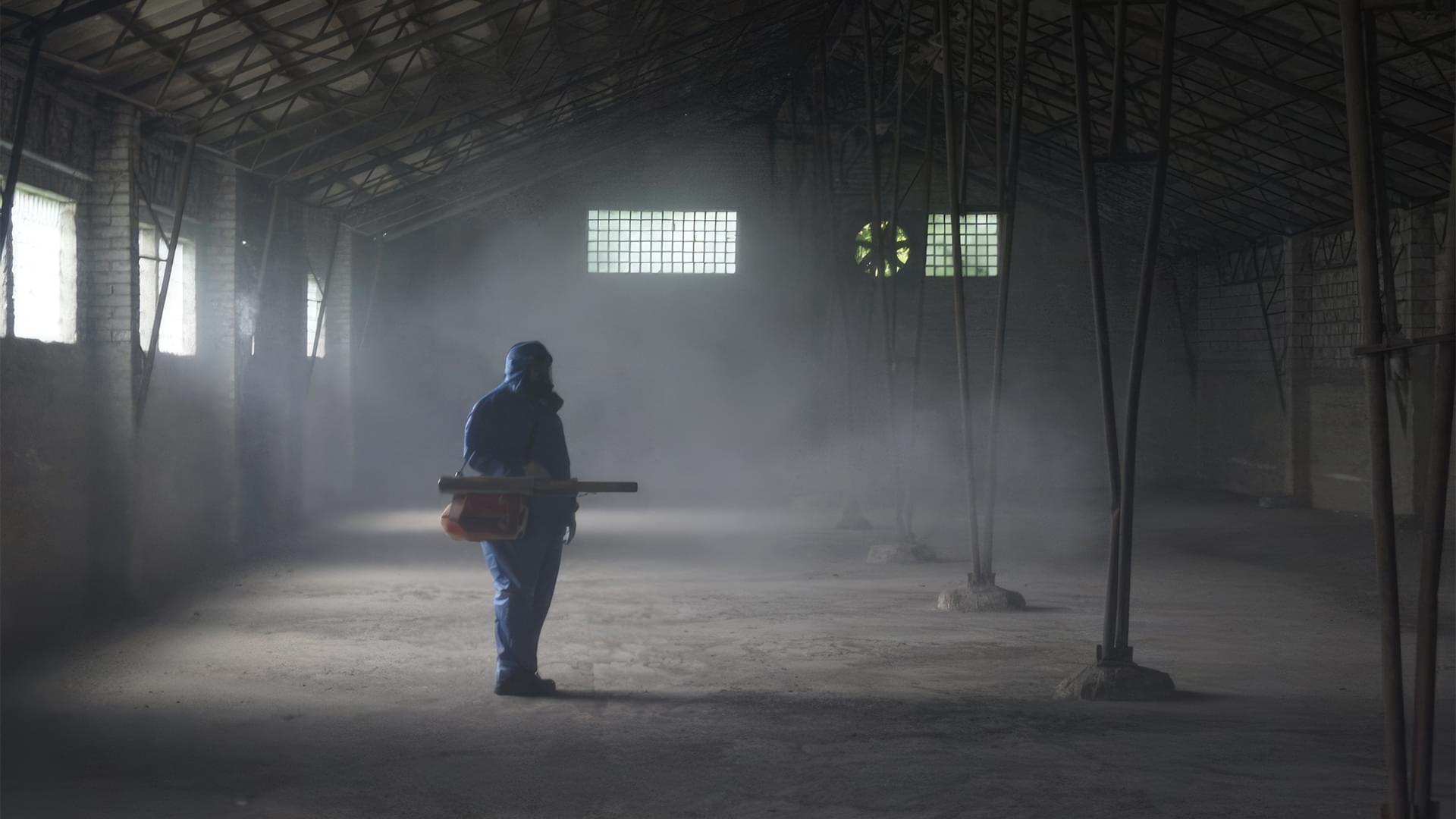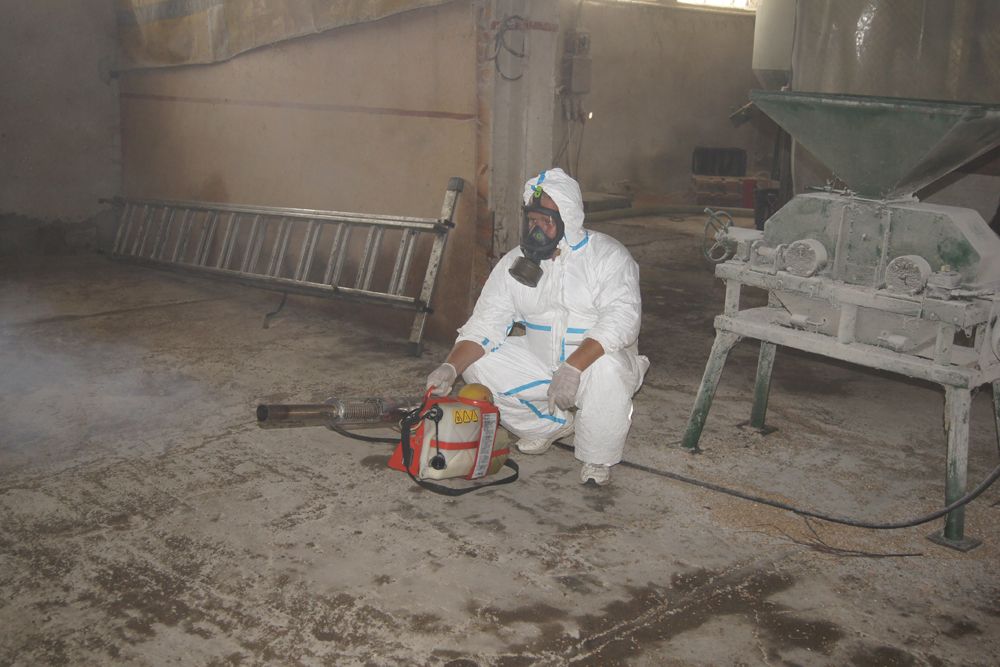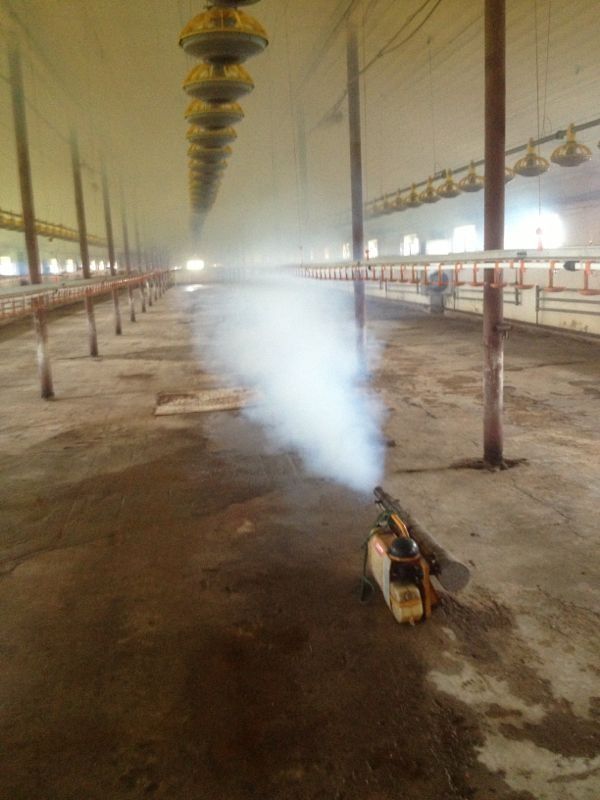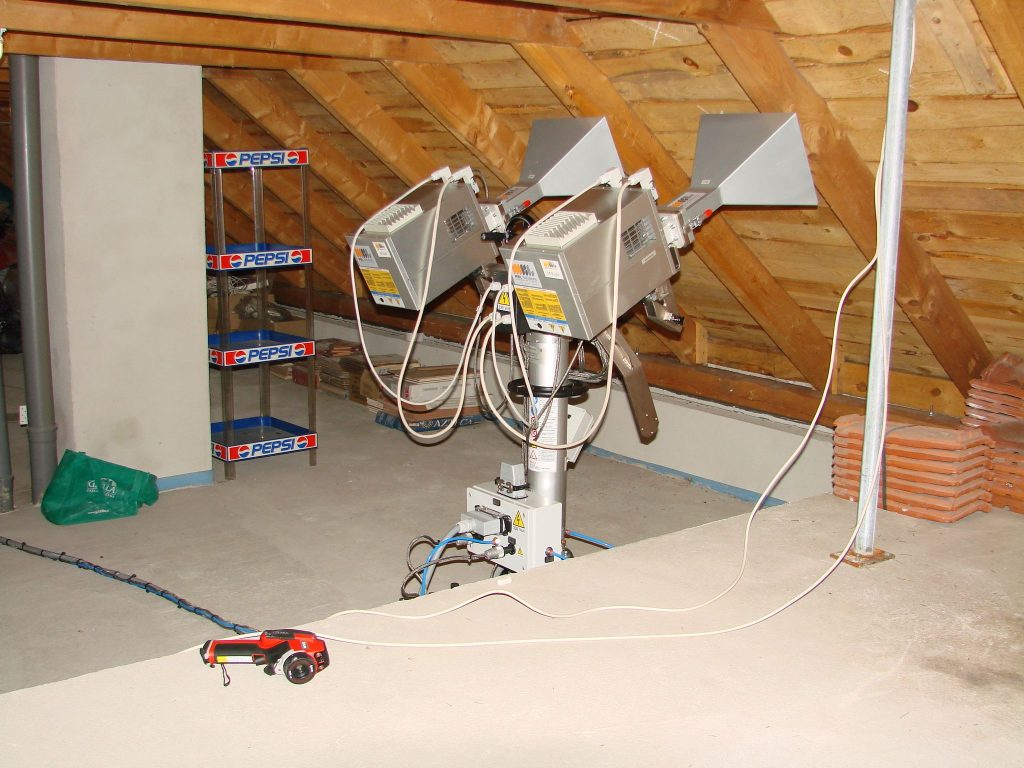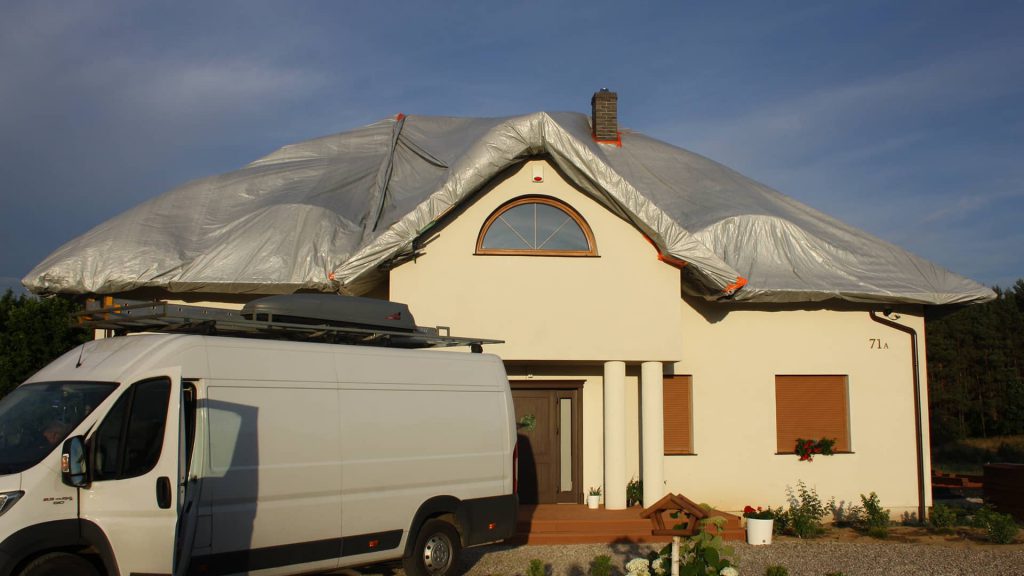A very large group of insects are dangerous pests that attack the food, agricultural or timber sectors. Disinsection, or the control of harmful insects (especially parasitic ones like flies, mosquitoes, fleas, lice, bedbugs and cockroaches), their eggs and larvae, is important for the safety of our health, crops, stored food or wooden structures.
Disinsection – control of harmful insects
In the simplest terms, disinsection is the control of harmful insects. Generally, the term refers to synanthropic species, that is, species that have adapted to live in a man-made ecosystem. Examples of such species include the house fly, cockroach prusak, bedbug, cockroach, lice, as well as wood pests such as the common beetle or house knocker.
There are 2 groups of disinsection methods:
- ecological methods – pest control using mechanical, physical and biological methods,
- chemical methods – pest control using biocides.
Chemical methods:
- coarse-droplet spraying – traditional spraying using a hand-held pressure sprayer,
- fine-droplet spraying – so-called cold mist obtained in ULV generators. Ultra-Low Volume is the carrier of the preparation, which is applied in droplets of 50-100 µm,
- thermal fogging – the so-called hot mist obtained in thermal foggers rises with the disinfectant preparation and reaches hard-to-reach places,
- reactive gases – fumigation, i.e. filling rooms with gases such as hydrogen phosphide, ethylene oxide or sulfuryl fluoride,
- non-reactive gases – pest control in anaerobic conditions, we remove oxygen from the atmosphere and replace it with nitrogen or argon
Mechanical methods:
- sealing of facilities – achieving so-called insect-proofing in facilities by installing nets in windows, doors and ventilation grilles and filling gaps and openings in walls and floors,
- vacuuming – mechanically catching pests and cleaning up food sources,
- sticky traps, UV lamps – funnels with strong glue to which insects attracted by attractants stick, and live mesh lamps with attracting UV fluorescent lights.
Physical methods:
- hot air – heating the atmosphere above the insect mortality temperature,
- Microwave technology – the generation of a strong electromagnetic field in which molecular friction of water molecules occurs resulting in a high temperature in the material above the insect mortality temperature,
- Gamma radiation – exposure of moving objects to gamma radiation in radiation chambers,
- Freezing – the use of liquefied carbon dioxide, which after escaping from the nozzle of the device rapidly cools to a temperature of about – 79⁰C and covers surfaces with dry ice, freezing pests.
Biological methods:
- use of natural enemies of the pests to be controlled – e.g., control of the larvae of the old-house borer by Opilo domesticus.
Photos of the disinsection service
